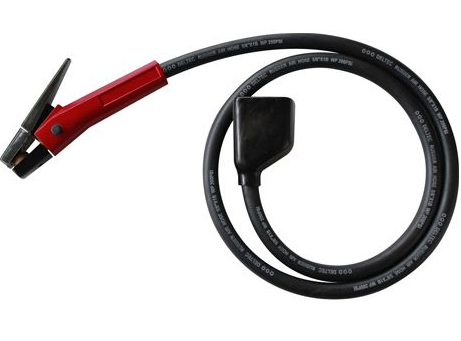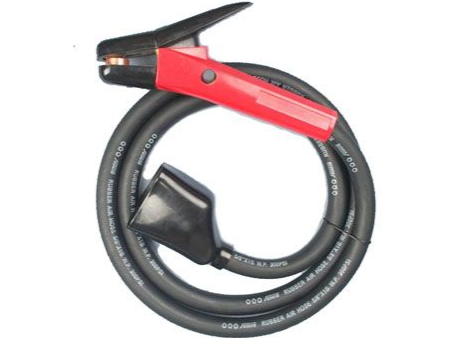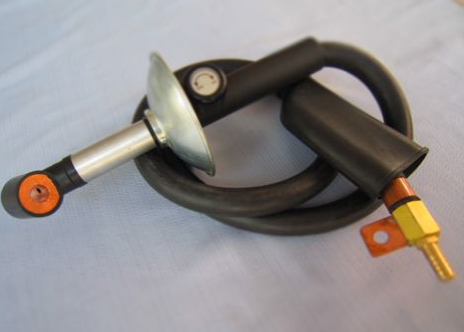A gouging torch is a tool that is primarily used in welding and metal fabrication processes to remove or cut metal. It is essentially a type of cutting torch that uses compressed air or oxygen to create a high-intensity flame that melts and cuts through metal, making it a versatile tool for many different applications.
The most common use for a gouging torch is to remove excess metal or weld material from a joint or workpiece. This process is known as gouging or carbon arc gouging, and it involves directing the torch flame onto the surface of the metal, which then melts and is blown away by the compressed air or oxygen stream. This process can be used to remove welds, clean up surfaces, and shape metal parts.

Gouging Torch K3000
One of the primary benefits of using a gouging torch is its ability to quickly and effectively remove large amounts of material from a workpiece. This makes it ideal for applications where precise cutting or shaping is not required, and where speed and efficiency are the primary concerns. For example, gouging torches are often used in shipbuilding and construction industries, where large metal structures need to be fabricated quickly and efficiently.
Another benefit of using a gouging torch is its versatility. Depending on the type of torch and the type of electrode used, it can be used to cut and shape a wide range of metals, including steel, aluminum, brass, and copper. This makes it a useful tool for many different types of metalworking applications.

Gouging Torch K4000
One of the most common types of gouging torches is the carbon arc gouging torch. This type of torch uses a carbon electrode, which is held in a clamp and connected to a power source. When the electrode is touched to the surface of the metal, an arc is created between the electrode and the metal, which melts the metal and allows it to be removed by the compressed air or oxygen stream.
Carbon arc gouging is typically used for applications where large amounts of metal need to be removed quickly, such as in shipbuilding or bridge construction. It is also commonly used to remove old or damaged welds, as well as to clean up surfaces in preparation for welding.
Another type of gouging torch is the plasma gouging torch. This type of torch uses a plasma arc to melt and remove metal, rather than a carbon electrode. Plasma gouging is typically faster and more precise than carbon arc gouging, making it ideal for applications where precision cutting and shaping are required.

Gouging Torch
Plasma gouging torches are also more versatile than carbon arc gouging torches, as they can be used to cut and shape a wider range of metals, including stainless steel, cast iron, and titanium. However, they are typically more expensive than carbon arc gouging torches, and they require a more specialized set of skills to use effectively.
Another type of gouging torch is the air carbon arc gouging torch. This type of torch uses a combination of compressed air and a carbon electrode to create an arc that melts and removes metal. Air carbon arc gouging is typically faster and more efficient than traditional carbon arc gouging, as the compressed air helps to blow away the molten metal and create a cleaner cut.
Air carbon arc gouging is commonly used in applications where precision cutting is not required, such as in shipbuilding or steel fabrication. It is also commonly used to remove old or damaged welds, as well as to clean up surfaces in preparation for welding.
In addition to its use in metalworking and welding applications, gouging torches can also be used in other industries, such as the demolition and recycling industries. For example, they can be used to cut and remove metal from old cars or other metal structures, allowing the metal to be recycled or reused.
It is our great honor to satisfy your requirements for welding products. Any requirement from you will be maximized by us.










